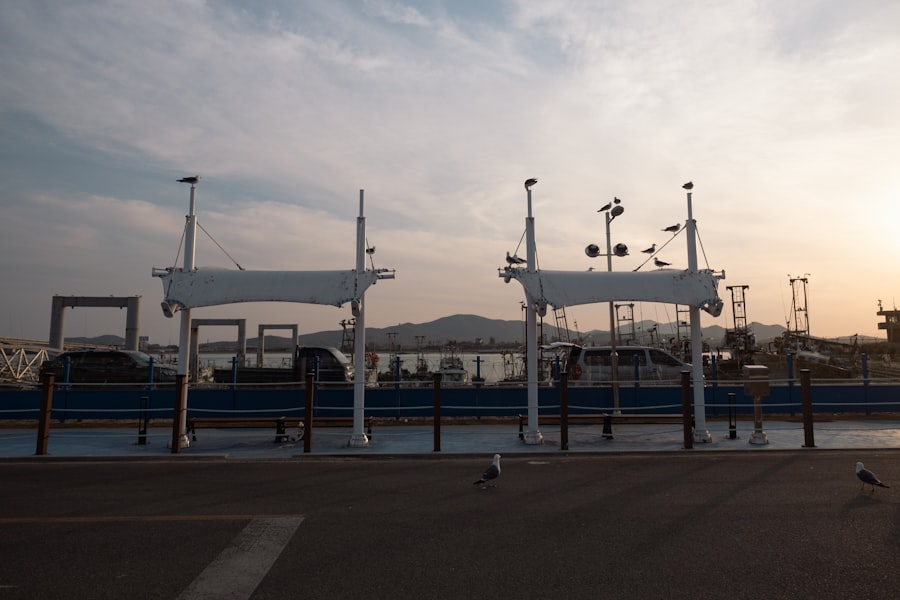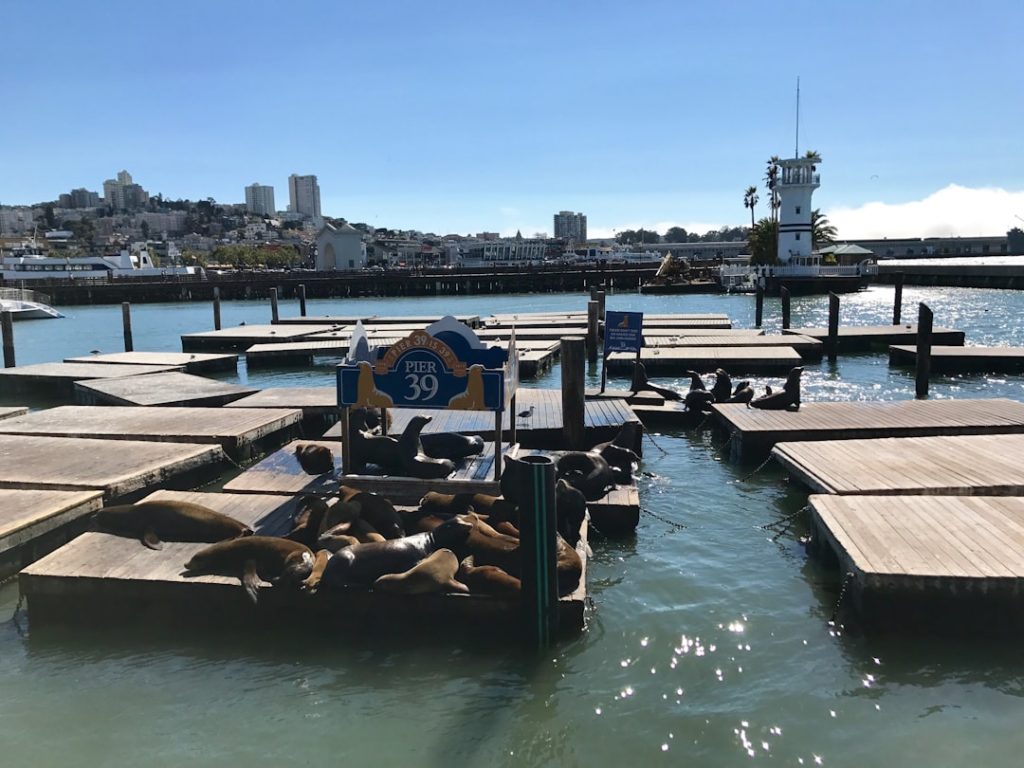Pontoons are versatile watercraft that have gained immense popularity for recreational activities, leisure cruising, and even fishing. They are characterized by their buoyant, flat-bottomed design, which allows for stability and ample deck space. The primary types of pontoons include traditional pontoons, tritoons, and performance pontoons.
Traditional pontoons typically feature two large tubes (or pontoons) that provide buoyancy. These boats are ideal for leisurely activities such as family outings, picnics on the water, and casual fishing trips. Their spacious decks can accommodate a significant number of passengers, making them perfect for social gatherings.
Tritoons, on the other hand, are equipped with three pontoons instead of two. This design enhances stability and allows for greater weight capacity, making them suitable for more adventurous activities like water sports or cruising in rougher waters. Tritoons often come with more powerful engines and improved handling capabilities, appealing to those who seek a thrilling experience on the water.
Performance pontoons take this a step further by incorporating advanced features such as high-performance engines, upgraded hull designs, and enhanced maneuverability. These boats are designed for speed enthusiasts who want to enjoy a fast-paced ride while still benefiting from the spaciousness of a pontoon.
Key Takeaways
- Learn the various types of pontoons to choose the best fit for your needs.
- Research local dealers and sellers to find reliable purchasing options.
- Consider key factors like size, features, and intended use before buying.
- Budget carefully, including purchase price, financing, and ongoing maintenance costs.
- Inspect used pontoons thoroughly to ensure quality and avoid hidden issues.
Researching Local Dealers and Sellers
When it comes to purchasing a pontoon, conducting thorough research on local dealers and sellers is crucial. Start by exploring online resources such as dealer websites, social media platforms, and boating forums. Many dealers provide detailed information about their inventory, including specifications, pricing, and customer reviews.
This initial research can help you identify reputable dealers in your area and narrow down your options based on the types of pontoons they offer. Visiting local boat shows or expos can also be an excellent way to connect with dealers and see various models up close. These events often feature multiple manufacturers and provide opportunities to compare different brands and styles side by side.
Additionally, engaging with fellow boating enthusiasts at these events can yield valuable insights into which dealers have a solid reputation for customer service and after-sales support. Don’t hesitate to ask questions about warranties, service plans, and financing options during your interactions with dealers.
Factors to Consider When Buying a Pontoon

Several factors come into play when deciding on the right pontoon for your needs. First and foremost is the intended use of the boat. If you plan to use it primarily for leisurely family outings, a traditional pontoon with ample seating and storage may be ideal.
Conversely, if you envision water sports or fishing as part of your boating experience, a tritoon or performance pontoon with enhanced capabilities would be more suitable. Another critical consideration is the size of the pontoon. Pontoons come in various lengths and widths, which can affect their stability and capacity.
A larger pontoon may accommodate more passengers but could also be more challenging to maneuver in tight spaces or shallow waters. Additionally, consider the engine size and type; a more powerful engine will provide better performance but may also lead to higher fuel costs. Assessing your boating habits and preferences will help you make an informed decision that aligns with your lifestyle.
Budgeting for Your Pontoon Purchase
| Category | Estimated Cost Range | Notes |
|---|---|---|
| Base Pontoon Boat | 15,000 – 40,000 | Depends on size, brand, and features |
| Engine | 5,000 – 15,000 | Higher horsepower increases cost |
| Safety Equipment | 200 – 1,000 | Life jackets, fire extinguisher, first aid kit |
| Registration and Licensing | 100 – 500 | Varies by state or country |
| Insurance | 300 – 1,200 annually | Depends on coverage and location |
| Maintenance and Repairs | 500 – 2,000 annually | Includes cleaning, engine tune-ups, and repairs |
| Accessories and Upgrades | 500 – 5,000 | Sound systems, covers, fishing gear, etc. |
| Storage | 300 – 1,500 annually | Marina fees or trailer storage costs |
Budgeting is a fundamental aspect of any significant purchase, and buying a pontoon is no exception. The cost of pontoons can vary widely based on factors such as size, brand, features, and whether you are buying new or used. Establishing a clear budget will help you narrow down your options and avoid overspending.
It’s essential to consider not only the initial purchase price but also ongoing costs such as insurance, maintenance, storage, and fuel. When creating your budget, it’s wise to account for additional expenses that may arise after the purchase. For instance, you might want to invest in safety equipment like life jackets, fire extinguishers, and first aid kits.
Furthermore, consider any upgrades or accessories you may want to add later on, such as sound systems or fishing gear storage solutions. By planning for these costs upfront, you can ensure that your pontoon purchase remains within your financial means while still meeting your expectations for enjoyment on the water.
Inspecting Used Pontoons for Sale
If you opt for a used pontoon, conducting a thorough inspection is paramount to ensure you’re making a sound investment. Start by examining the overall condition of the boat’s exterior. Look for signs of wear and tear such as scratches, dents, or discoloration on the pontoons themselves.
Pay close attention to the welds where the pontoons connect to the deck; any signs of corrosion or damage could indicate potential structural issues. Next, inspect the interior components of the pontoon. Check the seating for any rips or tears in the upholstery and ensure that all fixtures are in working order.
It’s also essential to assess the condition of the engine; if possible, request a test drive to evaluate its performance on the water. Listen for any unusual noises during operation and observe how smoothly it accelerates and handles turns. Additionally, inquire about the boat’s maintenance history; a well-documented service record can provide peace of mind regarding its upkeep.
Financing Options for Purchasing a Pontoon

Financing a pontoon purchase can make it more accessible for many buyers who may not have the full amount available upfront. Various financing options are available through banks, credit unions, and specialized marine lenders. When considering financing, it’s essential to shop around for the best interest rates and terms that suit your financial situation.
Some lenders may offer promotional rates or flexible repayment plans that can ease the burden of monthly payments. Another option is dealer financing, where the dealership provides financing directly to buyers. This can be convenient as it often streamlines the purchasing process; however, it’s crucial to read the fine print carefully.
Compare dealer financing offers with those from external lenders to ensure you’re getting the best deal possible. Additionally, consider whether you want to make a down payment; while a larger down payment can reduce monthly payments and overall interest costs, it may not always be feasible depending on your budget.
Transporting Your New Pontoon
Once you’ve purchased your new pontoon, arranging transportation is an important step before hitting the water. If you’re buying from a local dealer, they may offer delivery services as part of the purchase agreement. However, if you’re transporting it yourself or buying from a private seller, you’ll need to consider how to safely transport your pontoon to your desired location.
Before transporting your pontoon, ensure that it is securely loaded onto a trailer designed specifically for boats. Check that all straps are tight and that the boat is balanced on the trailer to prevent swaying during transit. Additionally, familiarize yourself with local regulations regarding towing boats; some areas may require specific permits or have restrictions on trailer sizes.
Once you arrive at your destination, take care when unloading the pontoon to avoid any damage.
Maintaining and Storing Your Pontoon
Proper maintenance is essential for prolonging the life of your pontoon and ensuring optimal performance on the water. Regular cleaning is crucial; after each outing, rinse off saltwater or debris that may have accumulated on the hull and deck. Use appropriate cleaning products designed for marine use to avoid damaging surfaces or finishes.
Additionally, inspect all components regularly—this includes checking fluid levels in the engine, ensuring that electrical systems are functioning correctly, and examining safety equipment. Storage is another critical aspect of maintaining your pontoon. If you live in an area with harsh winters or extreme weather conditions, consider indoor storage options to protect your investment from potential damage caused by freezing temperatures or UV exposure.
If indoor storage isn’t feasible, invest in high-quality covers designed specifically for pontoons to shield them from the elements when not in use. Proper maintenance and storage practices will not only enhance your boating experience but also preserve your pontoon’s value over time.


